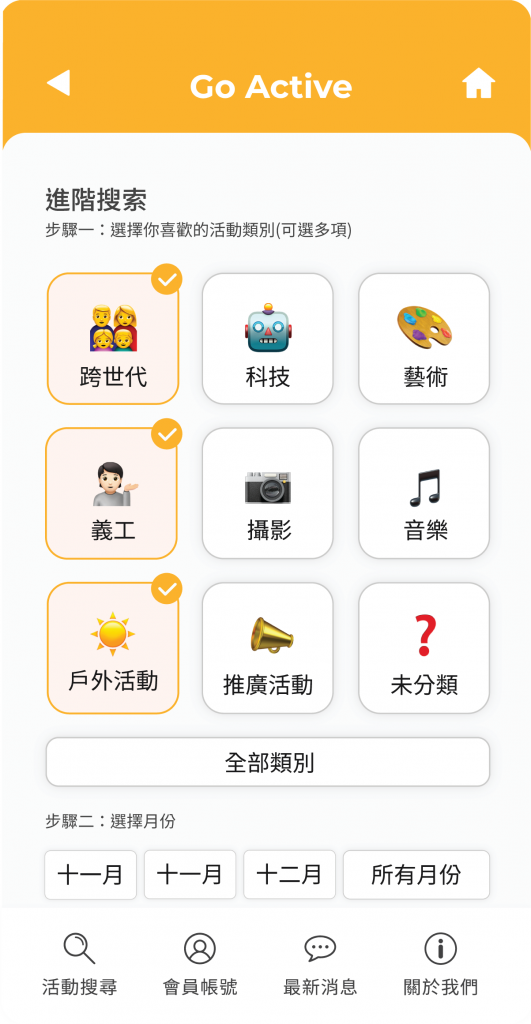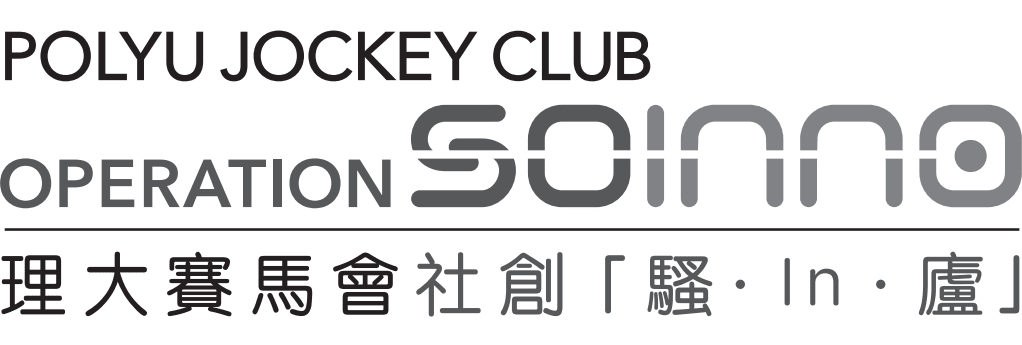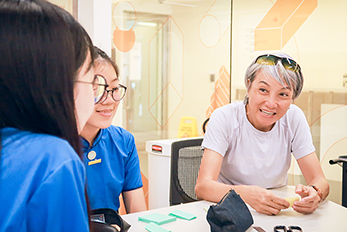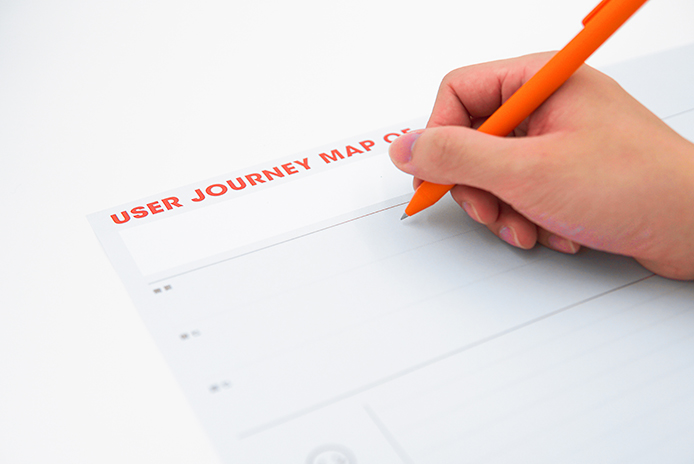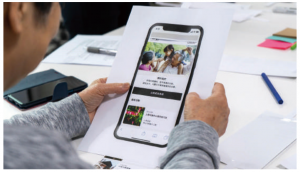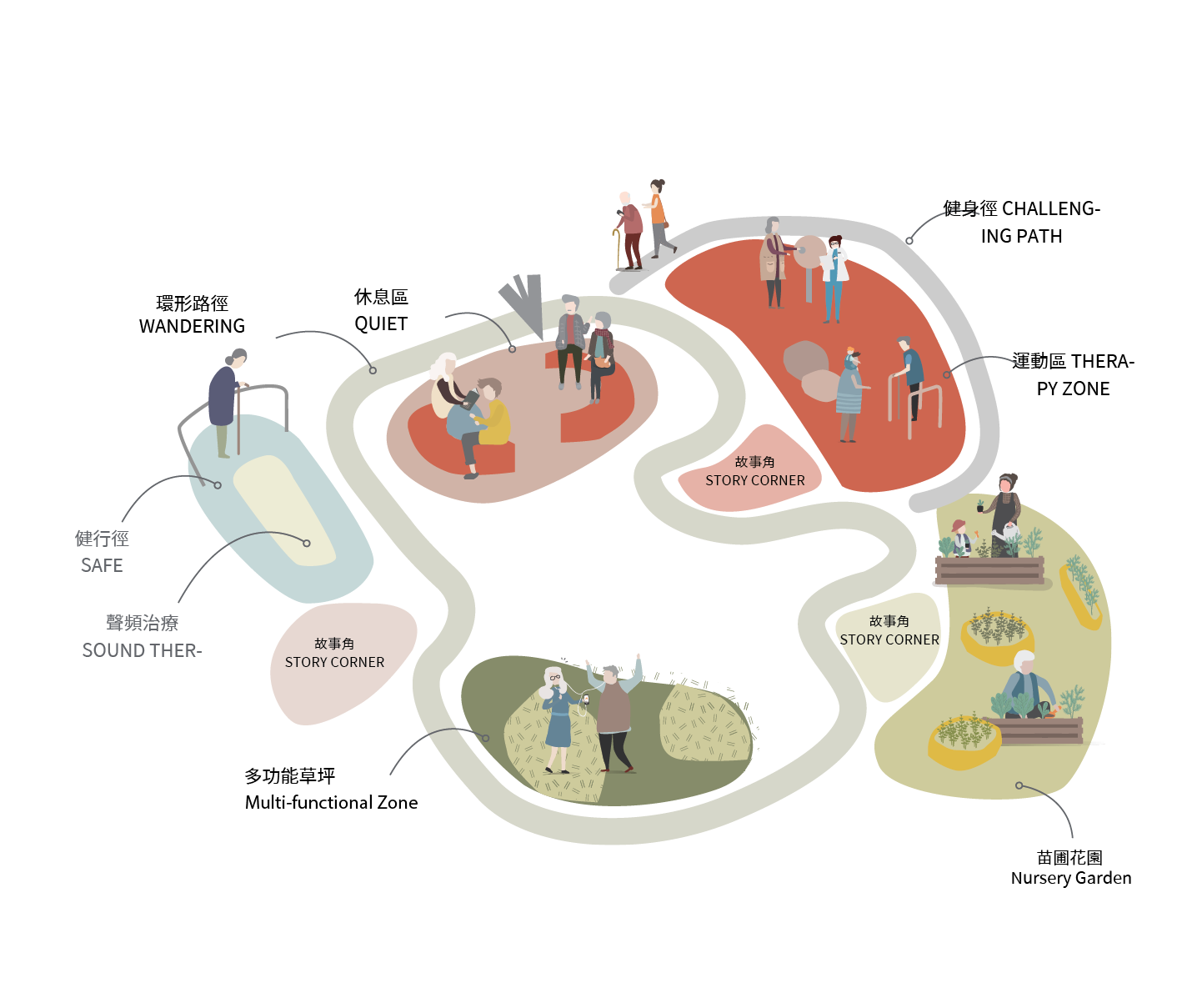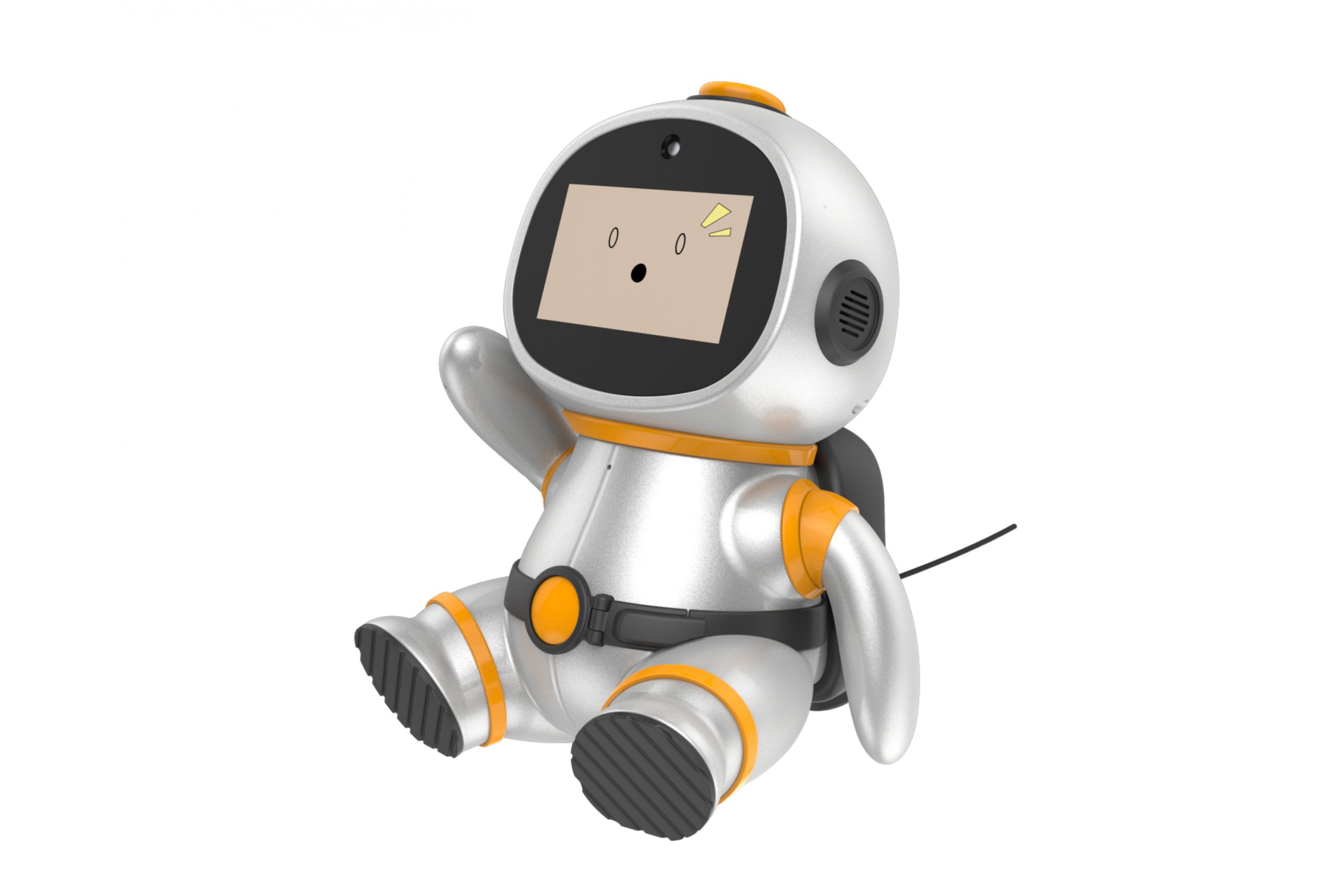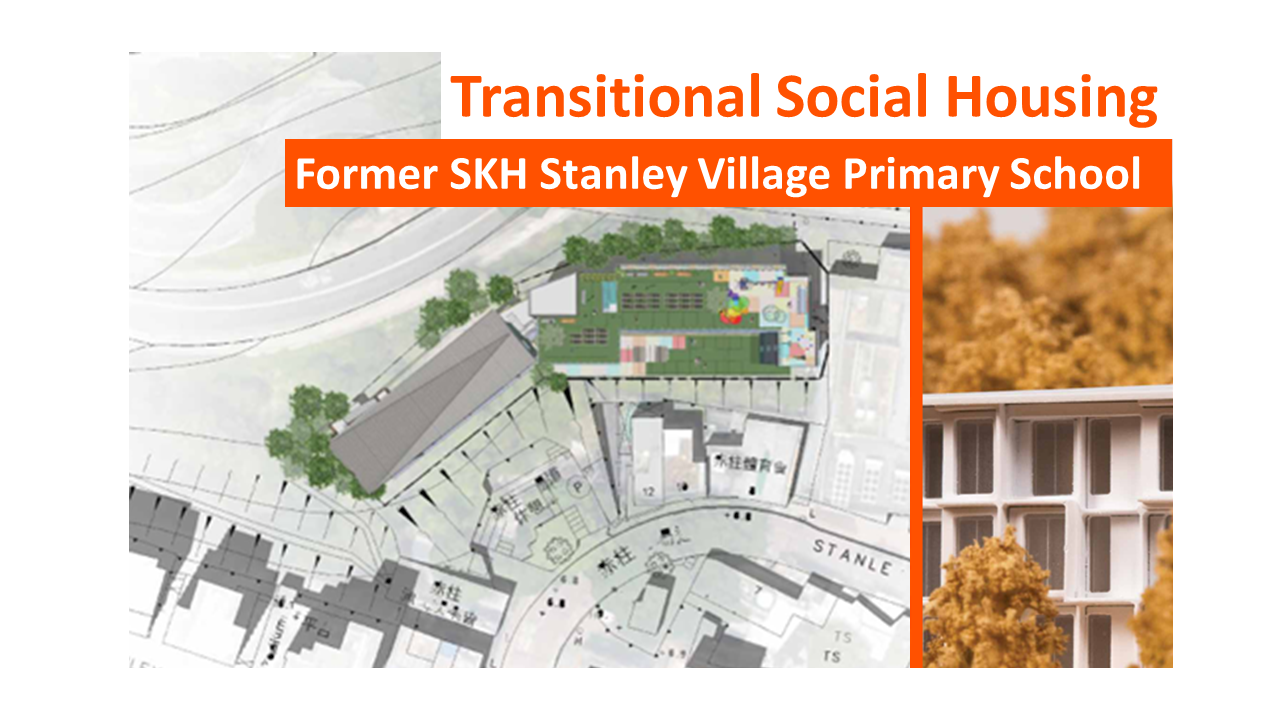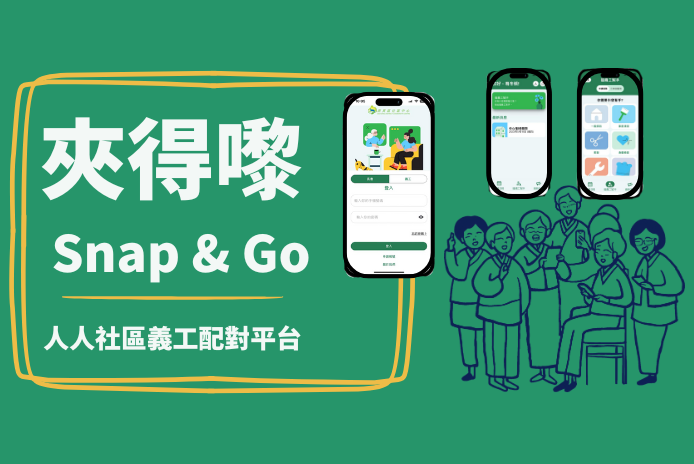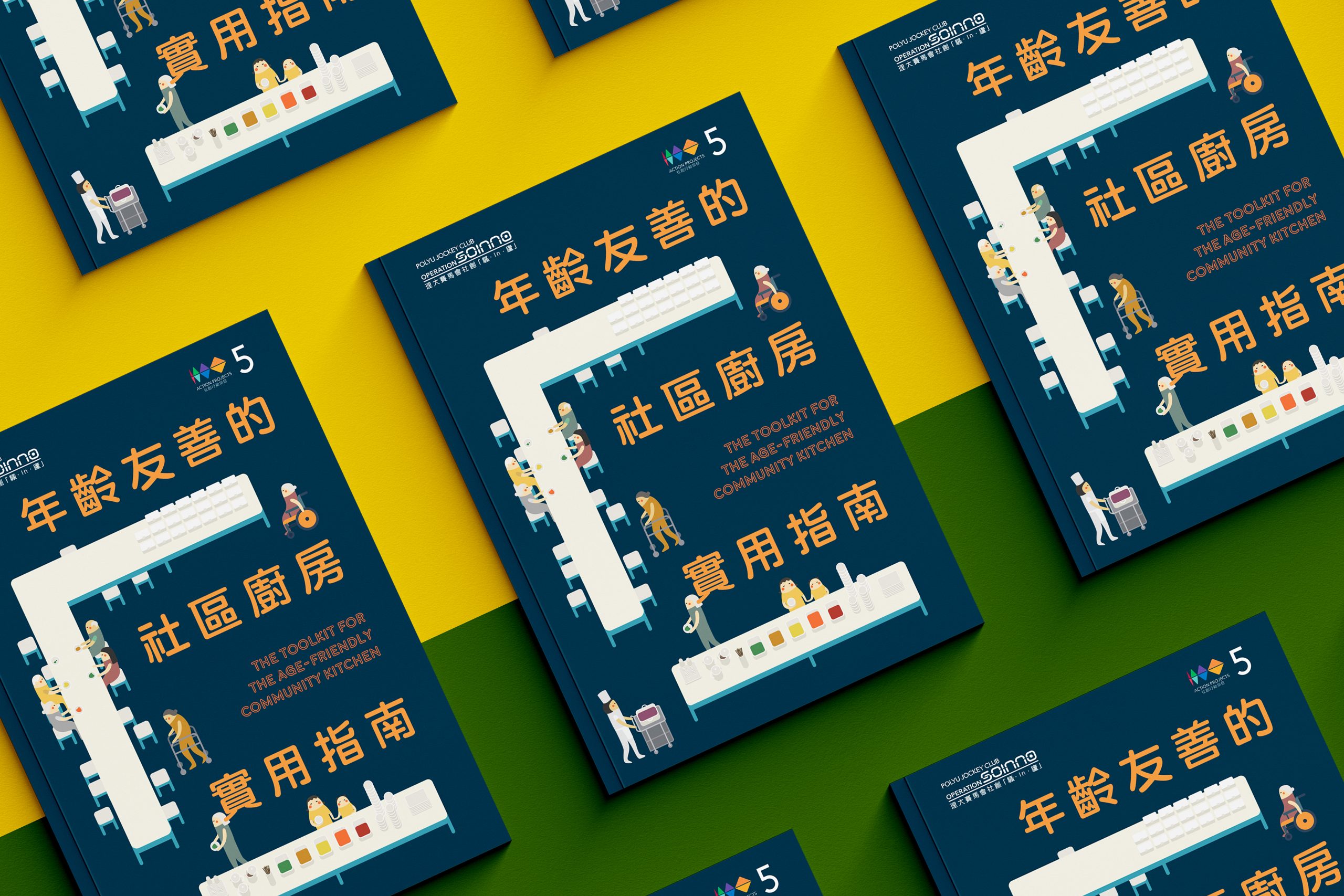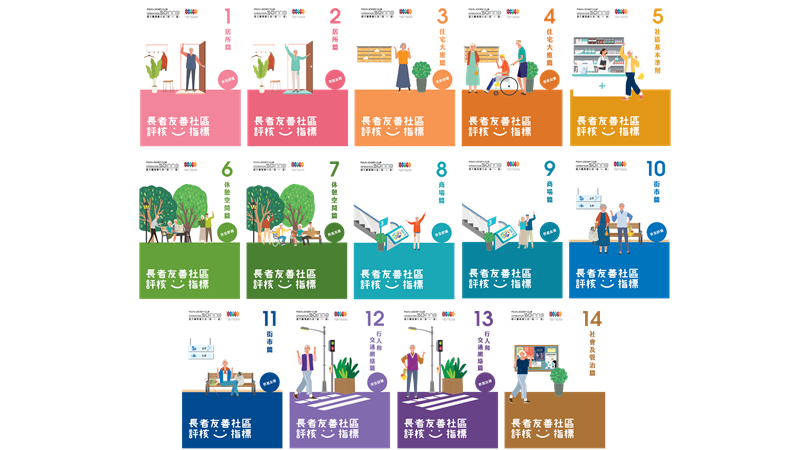Overview
As older adults become more adept at using electronic platforms, elderly centres are beginning to explore transitioning to an Offline-To-Online (O2O) model, making it possible to break geographical barriers in elderly services. From 2019 to 2020, the Jockey Club Design Institute for Social Innovation (J.C.DISI) at The Hong Kong Polytechnic University collaborated with the HKSKH Lady MacLehose Centre Dr. Lam Chik Suen District Elderly Community Centre to co-design the “GOActive” electronic platform for elderly activity registration, exploring the O2O model for elderly centre services.
Outcomes
The project established the overall framework for the “GOActive” electronic platform for elderly activity registration, including the login page, activity search page, search results page, activity registration page, and specific activity pages. Throughout the process, efforts were made to apply elder-friendly principles to digital products, maintaining this concept consistently. The design research outcomes of “GOActive” have inspired the industry to consider how the O2O service model can enhance the quality and efficiency of elderly services.
Process
Inspiration
As a critical component in promoting active ageing, elderly centres need to maintain communication with seniors to provide various services and resource information. To more effectively reach seniors, promote centre activities, and recruit new members, social workers at the Dr Lam Chik Suen District Elderly Community Centre (the Centre) organized various outreach activities. Unfortunately, this traditional offline promotion method had limited reach and was inefficient. Additionally, when using existing online communication tools (such as WhatsApp), social workers face technical limitations and concerns about personal data leakage. Whether attracting new members online or contacting current members, the Centre’s social workers were in a dilemma.
To better promote elderly services, social workers hoped to establish an effective and secure promotional channel that could attract new members while making it easy for staff to manage activities with members.
Ideation
Considering this vision, the project team convened three co-creation workshops with various stakeholders to brainstorm design solutions.
The co-creation team included centre operators (NGOs), centre users (seniors), the public, and designers. Team members proposed different solutions, such as organizing a T-shirt design competition and printing the activity registration platform’s QR code on winning T-shirts to attract non-members.
Ultimately, the team selected a co-creation solution—a comprehensive electronic platform that is easy for seniors to read and use. This platform facilitates activity registration while helping the Centre promote activities.
Implementation
In the early stages of implementation, the project team conducted surveys and user participation workshops to gather feedback from actual users, including seniors and centre social workers. This included seniors’ smartphone habits, familiarity with technology devices and interfaces, and the existing activity registration process at the Centre. By collecting data from multiple perspectives, the project team ensured that the designed product would be practical, easy for seniors to use, and compatible with social workers’ existing workflows.
Design principles
Below is a summary of all the design principles derived from the workshops. These principles help design an interface that is user-friendly for both platform users (front-end) and staff (back-end), easy to maintain, and capable of showcasing innovative activities that promote active ageing and assist in promoting the platform.
Stakeholders: Young Olds
| Design principles | Considerations |
| 1. Content layout | Direct information hierarchy, non-pretentious and instinctive copywriting, concise writing, consistent page layout elements, balanced proportion of images vs text |
| 2. Action and reaction | Instant responses, guided call-for-action prompts |
| 3. Colour scheme | Legibility, connotations |
| 4. Instructions/guidance | Clear instructions and clear guidance |
Stakeholders: Staff
| Design principles | Considerations |
| 1. Sustainability | Easy maintenance (convenient for different staff to operate the platform) |
| 2. Resource efficiency (time, staffing, budget) | Align with the current workflow of staff |
From a series of workshops, there were surprising discoveries—this generation of seniors can use smartphones, outdoor activities are the most popular, and age-inclusive activities are more interesting and motivating for the respondents to participate in.
With these insights, the project team moved into the product design phase, first outlining the platform’s design and development timeline and planning different stages of workshops accordingly. For example, in the early stages of platform design, the team created paper prototypes to better understand the target users’ smartphone usage habits.
Later, the platform was named “GO Active,” reflecting the team’s goal of encouraging seniors to “go active.” “GO” also stands for “Generation Orange,” symbolizing a new generation of healthier, more active older adults.
